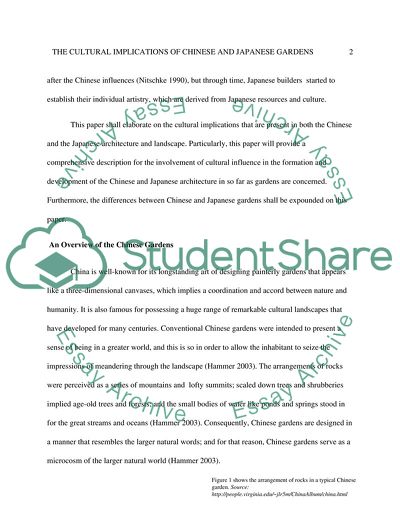Cite this document
(The Cultural Implications of Chinese and Japanese Gardens Coursework Example | Topics and Well Written Essays - 2000 words - 1, n.d.)
The Cultural Implications of Chinese and Japanese Gardens Coursework Example | Topics and Well Written Essays - 2000 words - 1. https://studentshare.org/architecture/1792101-cultural-context-landscape
The Cultural Implications of Chinese and Japanese Gardens Coursework Example | Topics and Well Written Essays - 2000 words - 1. https://studentshare.org/architecture/1792101-cultural-context-landscape
(The Cultural Implications of Chinese and Japanese Gardens Coursework Example | Topics and Well Written Essays - 2000 Words - 1)
The Cultural Implications of Chinese and Japanese Gardens Coursework Example | Topics and Well Written Essays - 2000 Words - 1. https://studentshare.org/architecture/1792101-cultural-context-landscape.
The Cultural Implications of Chinese and Japanese Gardens Coursework Example | Topics and Well Written Essays - 2000 Words - 1. https://studentshare.org/architecture/1792101-cultural-context-landscape.
“The Cultural Implications of Chinese and Japanese Gardens Coursework Example | Topics and Well Written Essays - 2000 Words - 1”. https://studentshare.org/architecture/1792101-cultural-context-landscape.


